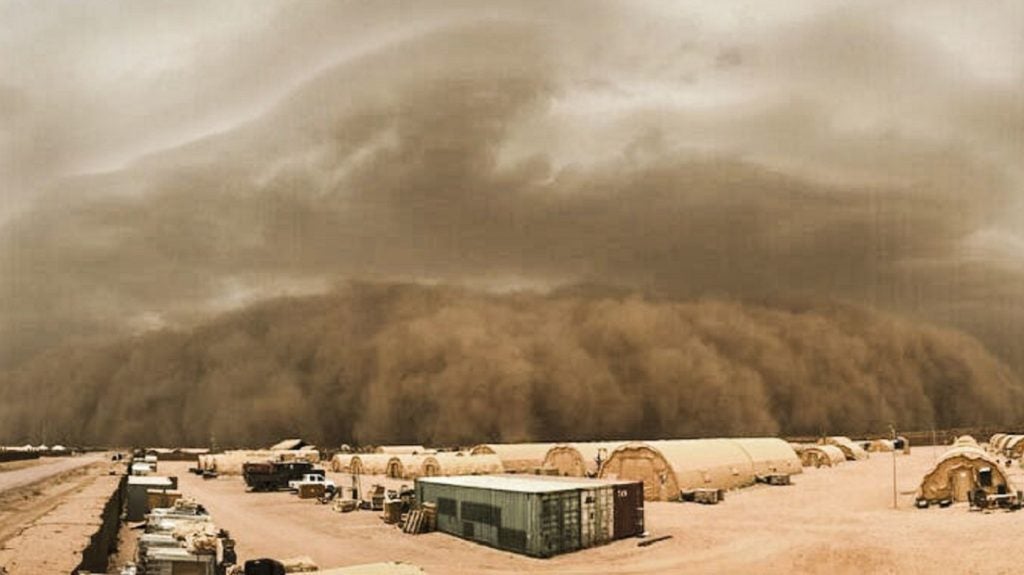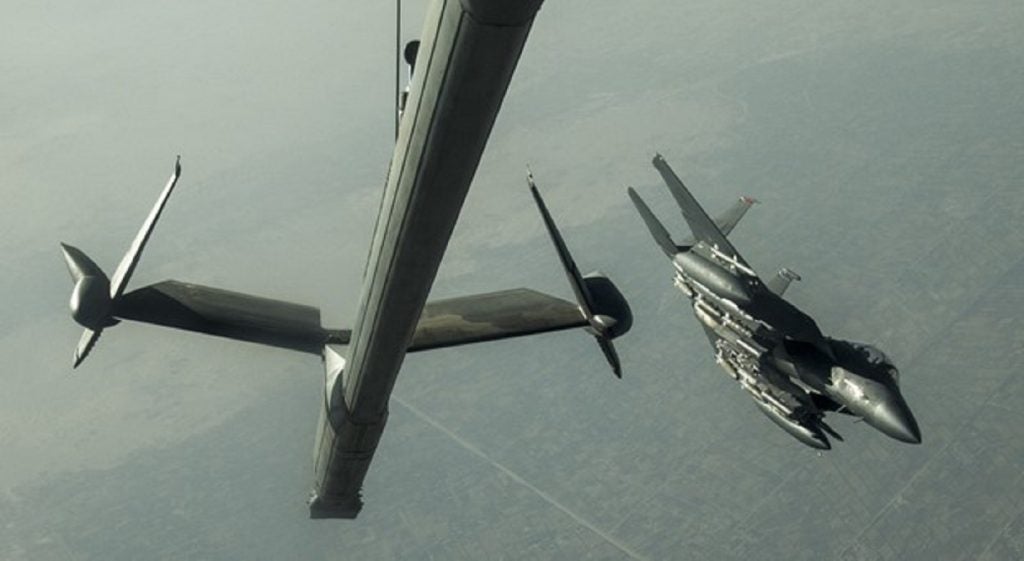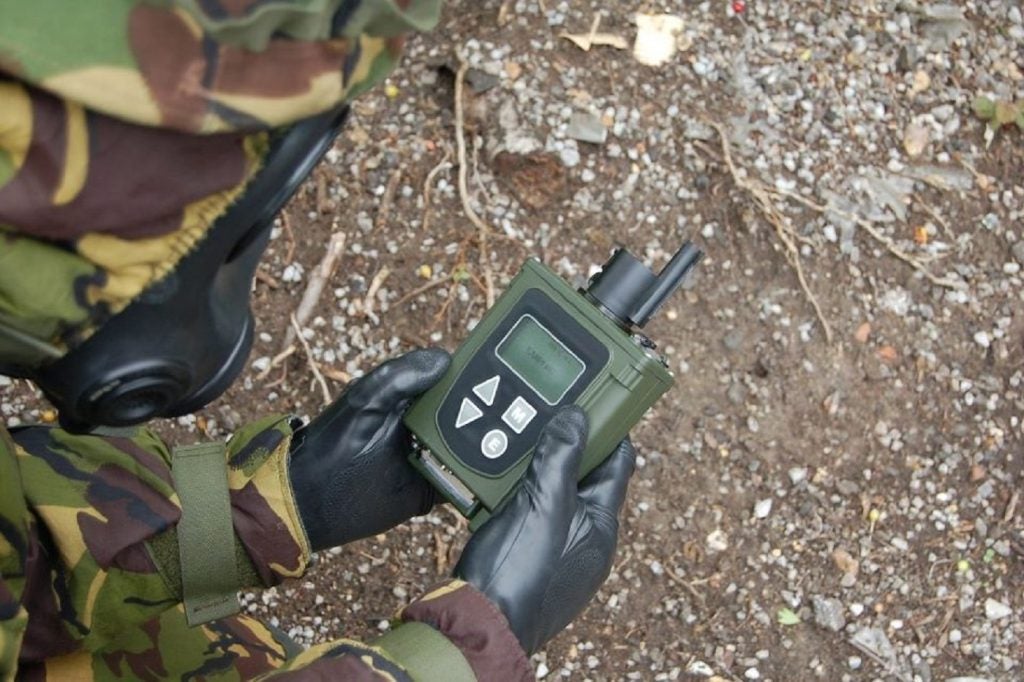Following the belated recognition by the US that the July military coup in Niger was exactly that, US military operations in the country will be limited to intelligence, surveillance, and reconnaissance (ISR) flights, possibly centred on drone operations from Niger Air Base 201.
Announcing the move on 10 October, the US State Department said the Niger coup, which resulted in the overthrow of the civilian government of Niger, had now been “officially” recognised. As a result of this, restrictions under Section 7008 of the US State Department’s annual appropriations “dictate what the US can provide to Niger” in terms of foreign assistance, as well as military training and equipment.
The 26 July coup saw the removal of Niger President Mohamed Bazoum, with presidential guard commander General Abdourahamane Tchiani assuming power in his place. As reported at the time, the coup was announced on state media channels, which also saw the formation of a National Council for the Safeguarding of the Homeland and the dissolution of the country’s constitution.
The international response from Africa and Europe was firm, calling for the resumption of democracy in Niger and the return of civilian rule to a country that has a long history of military takeovers. The coup is the fifth since the country gained independence from France, with the others occurring in 1974, 1996, 1999, 2010, and a failed military takeover in 2019.
However, Washington continued to prevaricate over how to classify the event, taking nearly two-and-a-half months to come to the same conclusion as its allies in Europe and Africa.
As reported at the time, one of the reasons for the stance was of its military interest in the country, in particular the over-the-horizon capability posed by Niger Air Base 201, which is thought to house long-range MQ-9 drones.
The latest step by the US and recognition of the Niger will limit military training operations, with the only military operations outside of US military sites being “limited to flying intelligence, surveillance and reconnaissance aircraft to ensure the continued safety of the US personnel who remain in the country”, stated the US State Department.
Speaking during a 15 August press briefing at the Department of Defense (DoD), a DoD spokesperson stated that its forces in the country have been “constrained to the base” following the events of 26 July.
“A designation [of a coup] certainly changes what we would be able to do in the region and partner with the Niger military,” the DoD spokesperson said at the time, adding that the US’ priority was in “protecting its interests”.
Examination of satellite imagery around Agadez, Niger, show a military compound located just south of the city’s international airport. The compound, which could be Niger Air Base 201, has a single paved runway and five hangars.
The compound is completely enclosed by a square perimeter berm, with military-style segmentation of areas and protective barriers in the interior.
The US interest in Niger: Air Base 201
Strategically located, the drone-based surveillance capability provided from Air Base 201 is a key component in ensuring the US maintains its operational understanding in the region, where Russia and China are also engaged in military and economic efforts to gain influence with African states.
Speaking in August, Tristan Sauer, aerospace and defence analyst at GlobalData, said that Niger Air Base 201 was a “critical node” within AFRICOM’s surveillance infrastructure on the African continent, having constructed the facility in 2016 to expand ISR capabilities of US and allied forces in the region.
Sauer stated that following agreements between the administration of US President Barack Obama and then Nigerien President Mahamadou Issoufou in 2013 prior to the expansion of the Islamic State, AFRICOM was at the time already concerned about mounting incidents extremist violence spilling over from Mali (Al Qaeda), Nigeria (Boko Haram) and Somalia (Al Shaabab).
To this end, the intention was to invest “significantly in regional ISR/strike capabilities”, which had previously relied on the expansion of Air Base 101 in Niamey as well as the creation of Air Base 201 in Agadez, the latter of which would specifically be adapted to host MQ-9 Reaper drones and provide precision strike capabilities with reduced logistical footprints.












